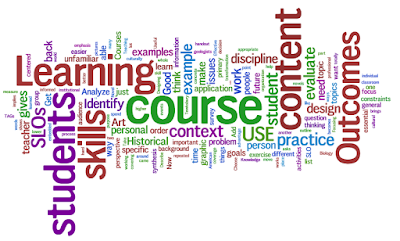Online Instruction: Teaching the Learners and the Teachers

I think that our goal as instructors is to take the best aspects of objectivism, constructivism, and connectivism, discussed by Bates in Teaching the Digital Age , and apply those the courses we teach. I discussed some of the positive aspects of lecturing in my previous post, and how those could be brought into an online environment, both asynchronously and synchronously, with tools such as live webcasts, video recordings, and media produced by experts in the respective field (I think of how often I have viewed TED talks in my course work in the DLL program.) I spoke in my literature review about bridging the gap between the LMS and collaborative Web 2.0 tools, and am planning on adding many of the features discussed below to my a course I am developing in Canvas LMS: Figure 7.7 from Teaching the Digital Age by Tony Bates (2015) Adding social networking features to LMS would allow students to collaborate more easily in real time due to social media availability on mobile devic
